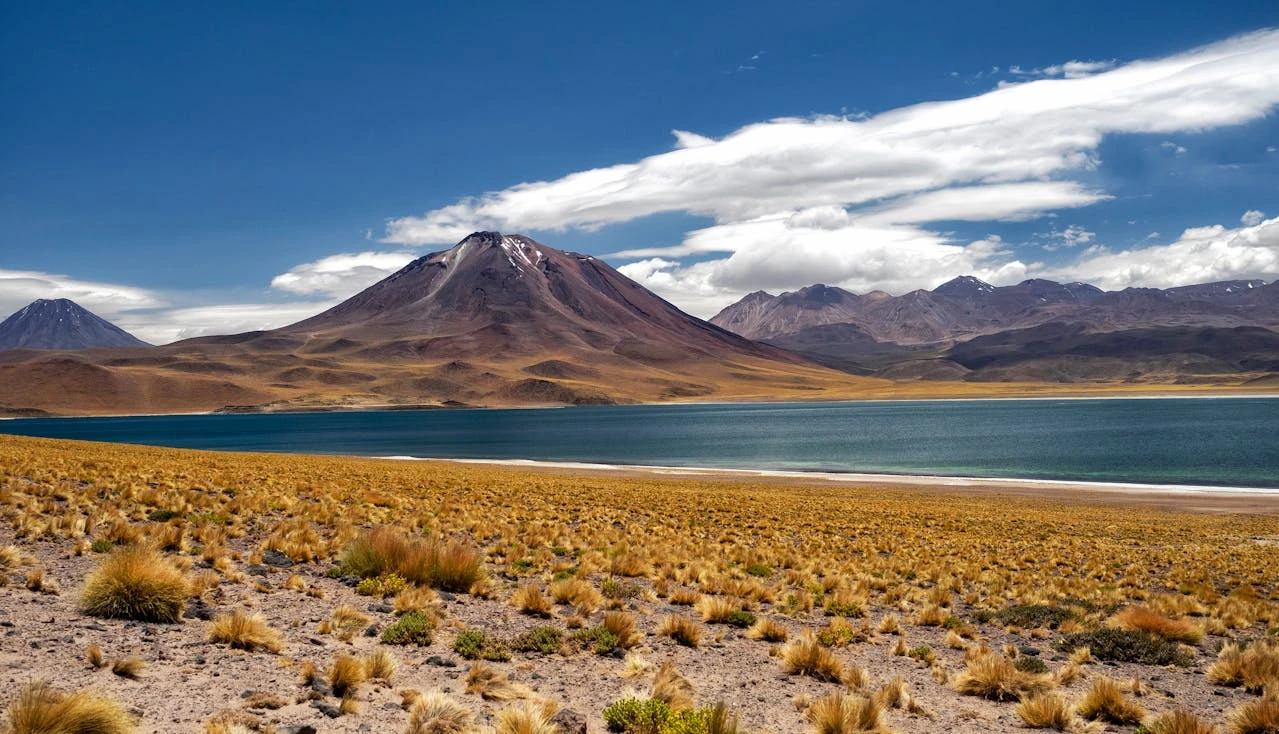
Changthang Wildlife Sanctuary in Ladakh is a remarkable natural reserve covering approximately 1,600 square kilometres. This vast sanctuary offers visitors a unique chance to witness diverse wildlife and immerse themselves in stunning natural landscapes.
The sanctuary is home to a variety of rare plant species spread across its expanse. Notably, Changthang is one of the few places in India where you can spot the Kiang (Tibetan wild ass) and the elusive Dark-necked Crane.
In addition to these, the sanctuary shelters other fascinating animals such as the elusive snow leopard, Tibetan wolf, and wild yak. One of its most striking features is the presence of three magnificent alpine lakes along its borders: Tso Moriri, Tso Kar, and Pangong Lake. Tso Moriri holds the distinction of being the highest-altitude lake in the world.
Exploring the sanctuary via safari is a popular way to experience its wildlife and landscapes. For those wishing to extend their visit, several camps and resorts are available within the sanctuary, allowing overnight stays. Overall, a trip to Changthang Wildlife Sanctuary offers an enriching and memorable experience for nature lovers and adventure seekers alike.
Highlights of Changthang Wildlife Sanctuary
The sanctuary hosts around 44 species of water birds, many of which visit seasonally.
Visitors can enjoy overnight camping right in the heart of the wilderness on the safari grounds.
The sanctuary offers trekking opportunities to the high-altitude lakes of Tso Moriri, Tso Kar, and Pangong, where you can also camp along the shorelines.
At one edge of the sanctuary lies Korzak Village, known for the beautiful Korzok Monastery and its picturesque surroundings.
How to Reach Changthang Wildlife Sanctuary
The sanctuary is accessible by road from Leh. Although there are no direct public transport options, visitors can comfortably reach the sanctuary by taxi or by renting a private vehicle.
Best Time to Visit Changthang Wildlife Sanctuary
The most favourable time to explore Changthang Wildlife Sanctuary is during the summer months, from May to September. Winters here are frigid, with temperatures frequently plunging to as low as minus 30 degrees Celsius, making travel difficult.
Additional Information About Changthang Wildlife Sanctuary
Wildlife at Changthang Sanctuary:
Despite its cold and harsh climate, Changthang Sanctuary supports an impressive diversity of animals, plants, and other wildlife.
Birdlife:
The sanctuary is home to over 300 bird species, including both migratory and resident birds. The wetland areas are especially popular habitats, where you can often spot birds like the Brahminy duck and the Black-necked crane. Other notable birds include the Golden eagle, Black tern, and Tibetan sandgrouse.
Ungulates (Hoofed Animals):
Ungulates are commonly seen throughout the sanctuary. The Kiang, or Tibetan wild ass, is one of the most prominent residents. You might also encounter the Bharal, or blue sheep, which changes its coat colour with the seasons, from reddish in summer to bluish in winter. Higher up in the mountains, sightings of Tibetan antelope, Asiatic ibex, and Tibetan argali are possible.
Predators:
The herbivorous animals form the base of the food chain, while predators such as Pallas’s cats and red foxes are frequently seen. With some luck and patience, visitors may even spot the elusive Snow Leopard, often called the “ghost of the mountains” for its stealth and power.
Tips for Visiting Changthang Wildlife Sanctuary
While the sanctuary is open year-round, it’s best to plan your visit during the summer months, as the harsh winter conditions can be challenging for those not accustomed to extreme cold.
Even in summer, temperatures can drop in the early mornings and evenings, so it’s wise to pack several layers of warm clothing.
Although exploring the sanctuary independently is possible, hiring a local guide familiar with the terrain can make your visit easier and more rewarding.
Spend at least two days in Leh beforehand to acclimate to the high-altitude climate, as sudden exposure may cause symptoms like headaches and nausea.
Remember that an Inner Line Permit is mandatory to enter the sanctuary, so ensure you have the required documentation before your trip.